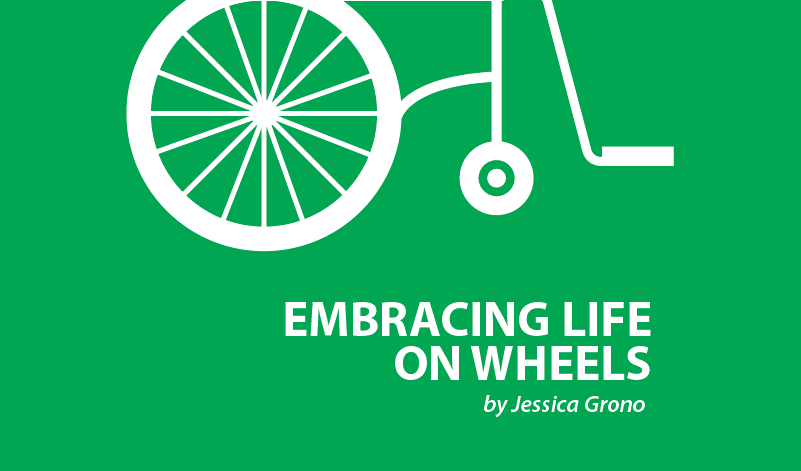Cerebral Palsy and Transitioning into Adulthood


I have met plenty of people along the way who have cerebral palsy, mostly from my being a columnist and speaker. They email me or tell me their concerns and experiences with the disability and often request my advice. I have noticed an increasing number of people who are frustrated by the limited information available about cerebral palsy, especially for those transitioning into adulthood. I hear you and understand the problems, and I hope that I can make getting older a little easier.
When the doctor tells you that cerebral palsy is a non-progressive disability, but you find out later that complications happen as you age, you can become frustrated. Yes, cerebral palsy occurs when the brain is injured and it’s a one-time injury. However, other issues develop due to constant moving, stiffness, and adapting muscles throughout the years. No one discusses this when you are young.
I am in my early 40s, so I’m not a complete expert on aging and cerebral palsy. From my experience, cerebral palsy does stay pretty much the same. However, how your body physically reacts to cerebral palsy will change. I know that when I was younger I could bounce back from anything with ease. I didn’t mind transferring, being carried, and moving in all kinds of ways, and spasms were just something to deal with. Now, I have to worry that I might strain something out of place by moving the wrong way. I have to think ahead to my next move, and getting to point A from point B is so slow compared to just 10 years ago.
Another concern I am asked about is what happens to someone when they turn 18? Before 18, people who have cerebral palsy have considerable support from physical, occupational, speech, and educational programs. Then you hit 18 (or 21, in some cases), and you are on your own. Programs do exist, though, and assistance is still available, but you need to look for it. Personal care services exist, some occupational help exists, and various therapies are offered.
Unfortunately, getting new wheelchairs and other mobility-assisting devices can be harder. You need to do a bit more research and you may have more paperwork to do. For some reason, each time you need to get new equipment, such as a wheelchair, you need to prove that you still have cerebral palsy from doctors and therapists. You also need to justify why you need certain things on your wheelchair, like the tilt function or elevation function. You’ll get through it with plenty of persistence.
Employment is still a problem for me. If I could do college all over again — I hate to even say it — I would choose a different major that I could do more easily. I love teaching with all of my heart, but finding the right job that accepts me with my cerebral palsy is a struggle. I became a writer, and I have luckily found success in that. Hopefully, one day I will succeed as a teacher. But for now, I’m happy with what I have.
***
Note: Cerebral Palsy News Today is strictly a news and information website about the disease. It does not provide medical advice, diagnosis, or treatment. This content is not intended to be a substitute for professional medical advice, diagnosis, or treatment. Always seek the advice of your physician or other qualified health provider with any questions you may have regarding a medical condition. Never disregard professional medical advice or delay in seeking it because of something you have read on this website. The opinions expressed in this column are not those of Cerebral Palsy News Today, or its parent company, BioNews Services, and are intended to spark discussion about issues pertaining to cerebral palsy.



Leave a comment
Fill in the required fields to post. Your email address will not be published.